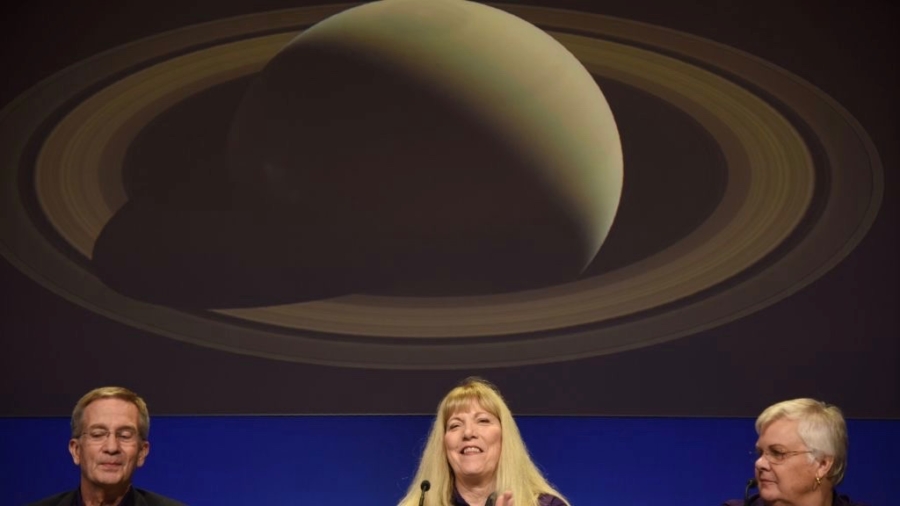Saturn is losing its rings.
As the rings disintegrate, 10,000 kilograms per second of ring debris rains down towards Saturn’s surface. The rings are under constant bombardment from UV radiation and small meteoroids, Business Insider reported.
NASA discovered Saturn’s ring rain in the 1980s. Back then it was estimated that 300 million years would have to pass before the rings would be totally disintegrated. But recent data from NASA’s Cassini spacecraft before it was destroyed on Saturn revealed a different timeframe.
Data from Cassini showed more debris than expected was pulled in by Saturn’s magnetic fields, and the new estimate is 100 million years.
“We estimate that this ‘ring rain’ drains an amount of water products that could fill an Olympic-sized swimming pool from Saturn’s rings in half an hour,” said James O’Donoghue of NASA’s Goddard Space Flight Center, via NASA. “From this alone, the entire ring system will be gone in 300 million years, but add to this the Cassini-spacecraft measured ring-material detected falling into Saturn’s equator, and the rings have less than 100 million years to live. This is relatively short, compared to Saturn’s age of over 4 billion years.”
But a ringless Saturn isn’t a foreign idea. Saturn didn’t always have its iconic rings. The rings are believed to be 100 to 200 million years old, according to Business Insider.
“We are lucky to be around to see Saturn’s ring system, which appears to be in the middle of its lifetime. However, if rings are temporary, perhaps we just missed out on seeing giant ring systems of Jupiter, Uranus and Neptune, which have only thin ringlets today!” O’Donoghue added.
Scientists Go Deeper
Saturn, the sixth planet from the sun, is the furthest planet from Earth ever discovered by the unaided human eye. The planet has been known of since ancient times. Saturn was named after the Roman god of agriculture and wealth, NASA reported.
Scientists are not 100 percent sure how Saturn developed its rings, but one theory proposes they may have formed due to the collision of small, icy moons orbiting Saturn, whose gravitational orbits may have been perturbed by a passing android or comet, according to NASA.
The rings are held in place by two opposing forces: one is the gravitational pull of Saturn, the other is the velocity of the particles that make up the rings. The velocity pushes them outwards.
Cassini was launched on Oct. 15, 1997, and its mission ended Sept. 15, 2017. It orbited and studied Saturn, along with its moons. NASA’s Jet Propulsion Laboratory even won an Emmy Award for coverage of Cassini’s final period of exploration.
Besides finding out that Saturn’s rings were disintegrating quicker than expected, Cassini also explored the area between Saturn’s rings and its atmosphere. The extremely small particles in that area suggested that something is grinding up the particles falling inward from the rings.
Scientists discovered a radiation belt close to Saturn that even intersects with Saturn’s innermost ring. They also made the interesting find of electric currents that interconnect the rings with the top of Saturn’s atmosphere.

